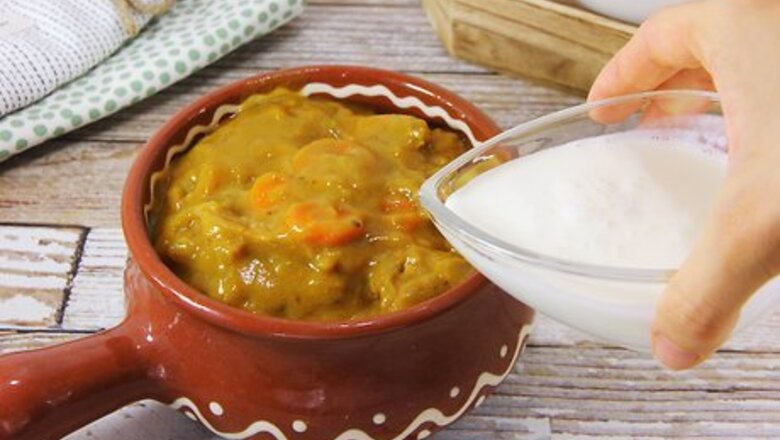
views
Using Dairy, Coconut, or Oil
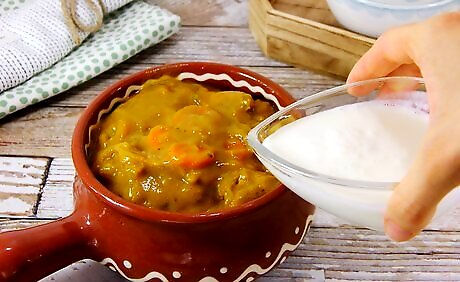
Add sour cream or yogurt if you don't mind thickening the curry. Place 1 US tbsp (15 ml) of sour cream or yogurt into the pot of curry. Mix it in with a wooden spoon. Taste the curry to see if the spiciness has been reduced. If the curry is still too spicy, continue adding a spoonful of either ingredient and tasting it to see if it improves the flavor. Be careful not to add too much sour cream or yogurt, as this may make the consistency of the curry too thick.

Use coconut milk if it matches the flavor. Many curries have a coconut base, which means that adding coconut milk can work perfectly to dial down the heat. Add 1 US tbsp (15 ml) of coconut milk to the curry sauce, and taste it to see if it has helped. Simply add another spoonful or two if the first wasn't enough, and keep tasting the curry to see if the flavor has improved.
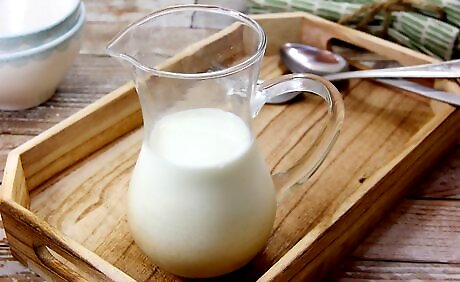
Add milk if you don't mind thinning the curry. Milk can also help to tone down the spiciness of curry. Pour 1 US tbsp (15 ml) of milk into the pot that has the curry sauce in it, and mix it in to combine it with the other ingredients. Taste the curry after you add the milk. If it hasn't reduced the spiciness enough, add a bit more and try it again. Don't add too much milk at one time, as it could change the consistency of the curry and make it watery. Whole fat milk is the best to add to curries.
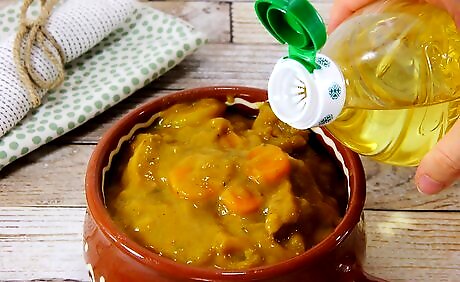
Use extra oil if the recipe already includes oil. Use either an oil that tastes neutral, such as vegetable oil, or one that will complement the flavors in the dish. Only add 1 teaspoon (4.9 mL) of oil at a time, and mix it in thoroughly. Always try the curry before adding more oil to see how it has changed the taste.
Adding More Base Ingredients
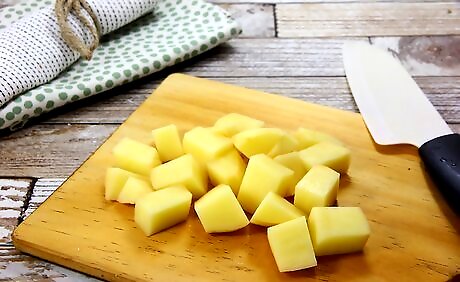
Add a handful of grated carrot or diced potatoes to absorb some spice. Place raw carrot or potato into the pot to cook with the curry sauce. Simmer the vegetables in the sauce for approximately 15 minutes, or until they are tender. The vegetables that you use don't have to be those that you originally used in the dish.
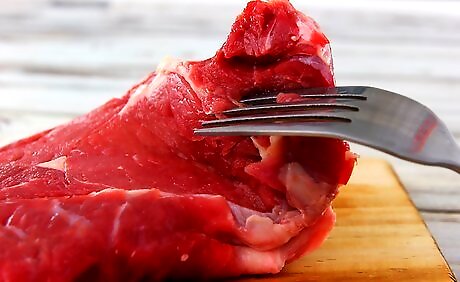
Use extra meat to reduce the spiciness if you want to bulk up the curry. The meat that is simmered with the curry will already be helping to take some of the edge off the spice. Use an extra quarter of the amount of meat, and cook it until it is lightly browned and tender, before adding it to the curry. Adding extra meat works in a similar way to adding extra vegetables, as this will help to diffuse the flavors over a larger amount of ingredients.

Add more acidic ingredients if they are already part of the dish. If you have already used lemon or lime juice, vinegar, tomatoes, or pineapple in the curry, then you can simply add more to help neutralize the dish. Add the juice of half a lemon or a lime, 1–2 tablespoons (15–30 mL) of vinegar or tomato sauce, or ¼ cup (50 g) of fresh tomatoes or pineapple to the curry, and see if the spiciness is reduced. Taste the curry after each addition to check how spicy it is before adding more ingredients. Mix the extra ingredients in thoroughly to when you add them to help them properly combine.
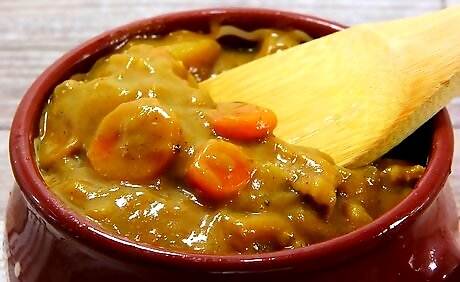
Make a double batch without doubling the spice to help diffuse the heat. If you have extra ingredients available and don't mind making more food, follow your original recipe and omit the ingredient that is making it too spicy. Combine the 2 curries at the end. This will help to diffuse the heat through the end result dish, which means that the curry will be only half as spicy as it was originally.
Cooling the Curry When Serving
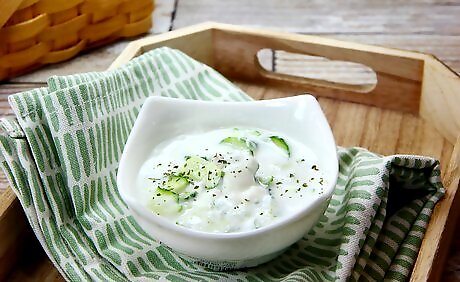
Make a cucumber raita as a cooling condiment to serve with the curry. Raita is a cool and fresh condiment that you can eat with curry to take some of the heat off. Simply combine cucumber, plain yogurt, cilantro, green onions, coriander, and cumin to make this refreshing dish. When it comes to serving the meal, just add a spoonful of cucumber raitha alongside the curry.
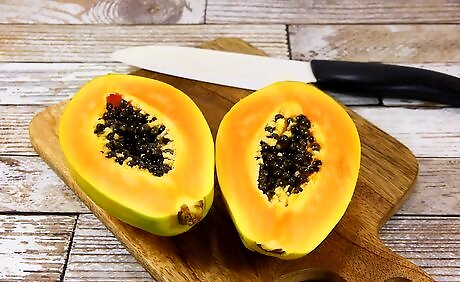
Eat the curry with papaya to help cool it down. Pieces of fresh, green papaya go well with many coconut-based curries. Remove the papaya skin, scoop out the seeds, and shred the flesh using either a papaya peeler or a mandoline. You can also add a garnish of fresh herbs such as mint to the papaya, as this will help to cool the curry down further.
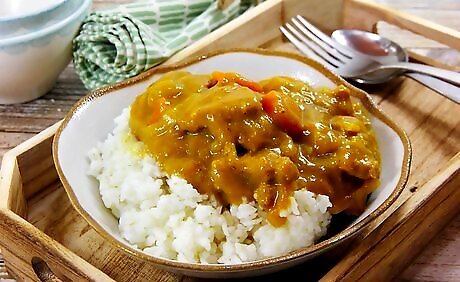
Serve the curry over rice to help absorb the spiciness. Although eating curry with rice is already a popular favorite, if you haven't tried it with the curry yet this could be a simple way to reduce the heat. Try jasmine, basmati, white, or brown rice as a base for the curry, and see if it helps to dilute the flavor. Alternatively, other bland and starchy foods will have the same effect as rice. Try serving the curry with bread, quinoa, or potatoes to experiment with different flavors.


















Comments
0 comment